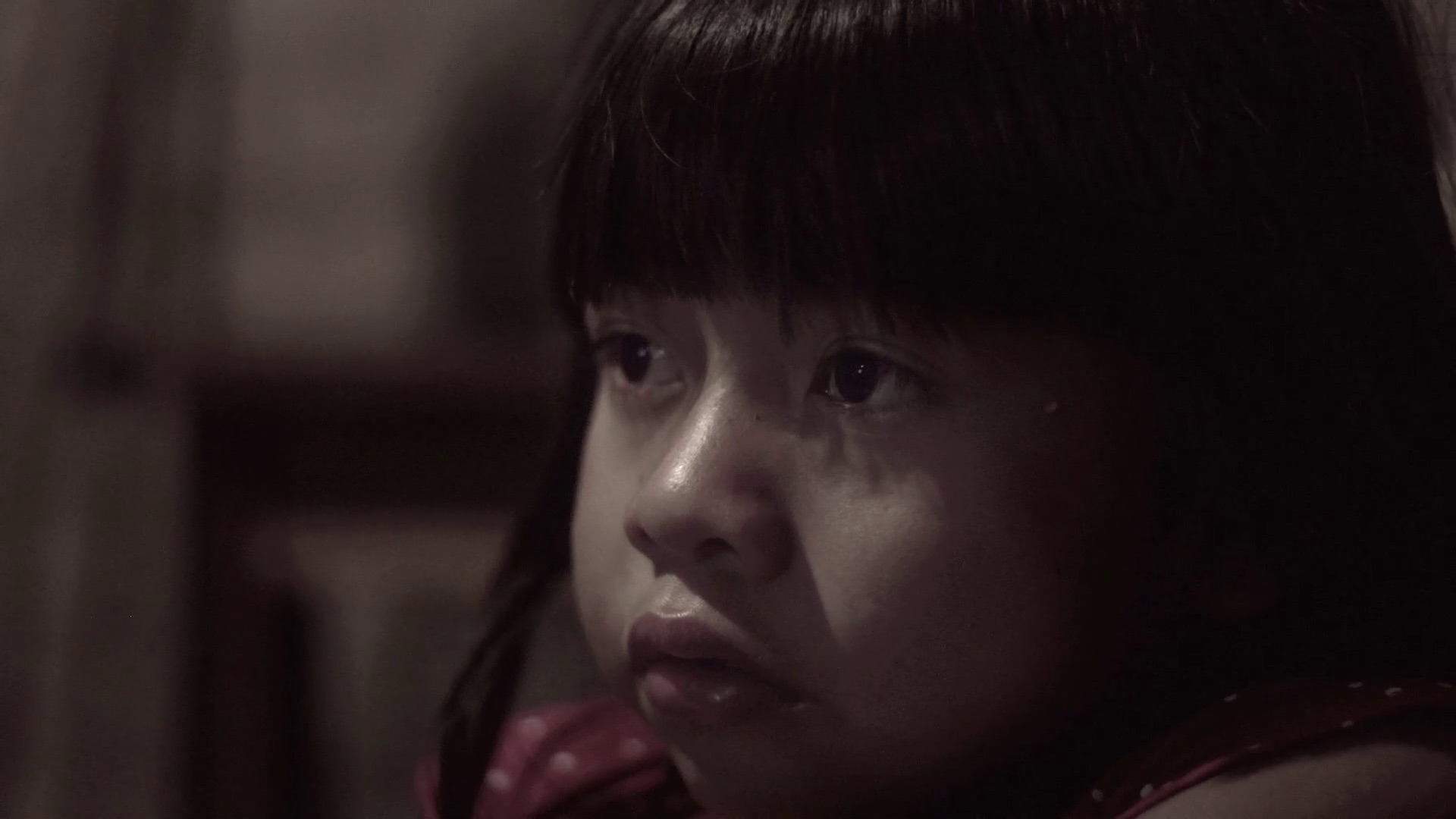Cosmopoéticas do espectador selvagem
Artigo de Marcelo R. S. Ribeiro publicado na Significação - Revista de Cultura Audiovisual (v. 47, n. 53, 2020).
Disponível em português e em inglês.
Resumo
Com base na análise das formas cinematográficas de reconstituição da história em Serras da desordem, Corumbiara e Taego Ãwa, identifico a importância da figura dos espectadores indígenas para a compreensão das imagens que os filmes criam e mobilizam. Argumento que o contracampo efetivo, virtual ou espectral dos espectadores indígenas constitui uma figura discursiva operante nos filmes e nas relações que estabelecem com o arquivo da história. A figura do espectador selvagem desencadeia o que denomino montagem anarquívica, perturbando o ordenamento do arquivo histórico produzido pela violência do genocídio e insinuando possibilidades de criação de um mundo comum.
Palavras-chave: cinema, história, genocídios indígenas, arquivo, montagem.
Abstract
Based on the analysis of the cinematographic forms of reconstituting history in Serras da desordem, Corumbiara and Taego Ãwa, I identify the importance of the figure of indigenous spectators for understanding the images that the films create and mobilize. I argue that the effective, virtual or spectral countershot of indigenous spectators constitutes a discursive device operating in the films and in the relationship they establish with the historical archive. The device of the savage spectator triggers what I call anarchival montage, disturbing the arrangement of the historical archive produced by the violence of genocide and insinuating possibilities of creating a common world.
Keywords: film, history, indigenous genocides, archive, montage.

